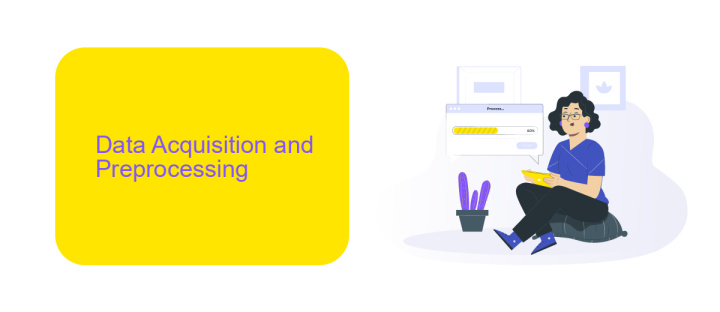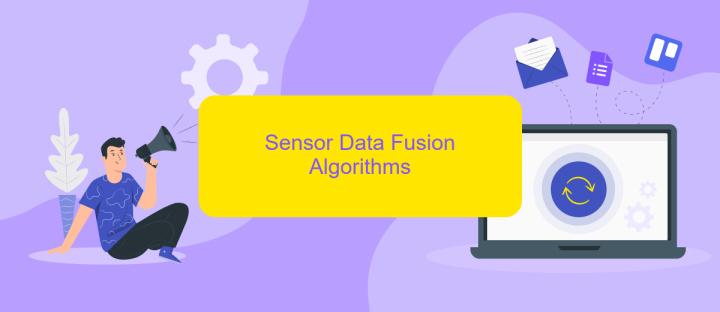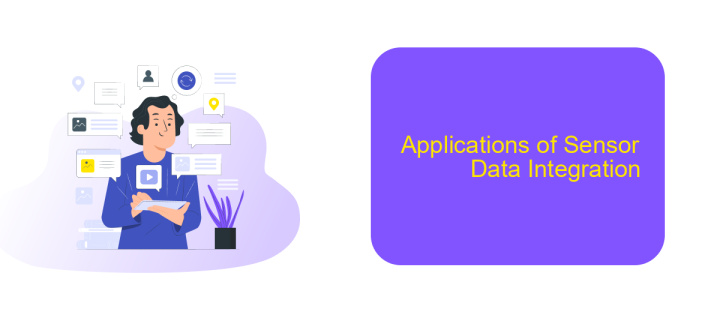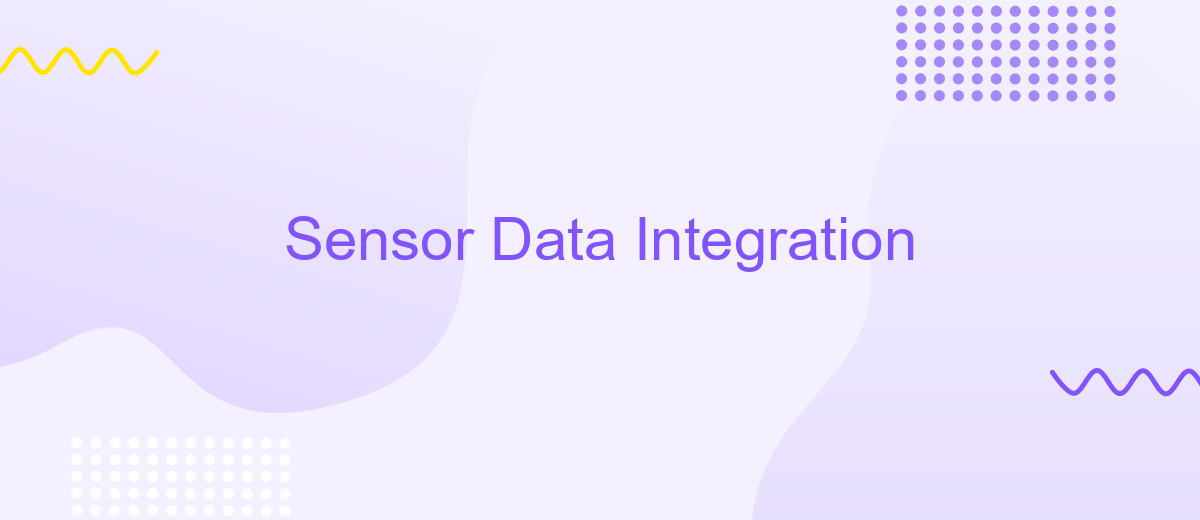Sensor Data Integration
Sensor data integration is a critical process in modern technology, enabling the seamless combination of data from various sensors to provide comprehensive insights and enhance decision-making. By merging disparate data streams, organizations can achieve more accurate and timely information, driving advancements in fields such as healthcare, smart cities, and industrial automation. This article explores the methodologies and benefits of effective sensor data integration.
Introduction
Sensor data integration is a crucial aspect of modern technology, enabling the seamless collection, processing, and utilization of data from various sensors. This process is essential for applications ranging from smart homes to industrial automation, where accurate and timely data is paramount. Effective integration ensures that data from different sources can be combined and analyzed to provide meaningful insights and drive informed decision-making.
- Improved data accuracy and consistency
- Enhanced real-time monitoring and control
- Streamlined data management processes
- Facilitation of advanced analytics and machine learning
One of the tools that can significantly simplify sensor data integration is ApiX-Drive. This service allows for the easy configuration of integrations between various data sources, ensuring that data flows smoothly and efficiently. By leveraging such platforms, organizations can focus on extracting value from their data rather than getting bogged down by integration challenges. As sensor technology continues to evolve, robust integration solutions will remain a cornerstone of innovation and efficiency.
Data Acquisition and Preprocessing

Data acquisition is a critical step in sensor data integration, involving the collection of raw data from various sensor sources. This process often requires the use of specialized hardware and software to ensure accurate and reliable data capture. Sensors can range from simple temperature probes to complex multi-sensor systems, and the data they generate must be transmitted to a central repository for further processing. In many cases, integration services like ApiX-Drive can streamline this process by automating data collection from diverse sensors, reducing the need for manual intervention and minimizing the risk of errors.
Once the raw data is acquired, preprocessing is essential to prepare it for analysis. This involves cleaning the data to remove noise and errors, normalizing it to ensure consistency, and transforming it into a format suitable for analysis. Techniques such as filtering, interpolation, and aggregation are commonly used during this stage. Preprocessing also includes handling missing data and outliers to ensure the dataset's integrity. By leveraging tools and services like ApiX-Drive, organizations can automate many of these preprocessing tasks, enhancing efficiency and ensuring high-quality, ready-to-analyze data.
Sensor Data Fusion Algorithms

Sensor data fusion algorithms are essential for integrating and analyzing data from multiple sensors to provide a more accurate and comprehensive understanding of the monitored environment. These algorithms combine data from various sources to reduce uncertainty, enhance reliability, and improve decision-making processes.
- Kalman Filter: A recursive algorithm used for linear data fusion, which estimates the state of a dynamic system from a series of noisy measurements.
- Particle Filter: A non-linear data fusion algorithm that uses a set of particles to represent the probability distribution of the system's state.
- Bayesian Networks: A probabilistic graphical model that represents a set of variables and their conditional dependencies via a directed acyclic graph.
- Neural Networks: Machine learning models that can learn complex patterns and relationships in sensor data for fusion tasks.
- Dempster-Shafer Theory: A mathematical theory of evidence that allows for combining evidence from different sources to calculate the probability of an event.
Integrating these algorithms into sensor data systems can be streamlined using services like ApiX-Drive, which facilitates the automation of data integration processes. By leveraging such tools, organizations can efficiently manage and analyze sensor data, leading to more informed and accurate decisions.
Applications of Sensor Data Integration

Sensor data integration plays a crucial role in various fields, enhancing the efficiency and accuracy of operations. By seamlessly combining data from multiple sensors, organizations can gain comprehensive insights, enabling smarter decision-making processes.
One of the primary applications of sensor data integration is in the field of healthcare. Integrated sensor data from wearable devices can provide real-time monitoring of patients' vital signs, allowing for timely medical interventions. Additionally, in industrial automation, sensor data integration helps in predictive maintenance of machinery, reducing downtime and operational costs.
- Smart Cities: Integration of sensor data for traffic management, pollution control, and energy optimization.
- Agriculture: Monitoring soil moisture, weather conditions, and crop health to improve yield and resource management.
- Transportation: Enhancing vehicle safety and performance through real-time data from various sensors.
Tools like ApiX-Drive facilitate the integration of sensor data by providing an interface to connect and automate various data sources. This service simplifies the process, making it accessible even for those with minimal technical expertise. As a result, businesses can focus on leveraging integrated data for strategic advantages without worrying about the complexities of data integration.
- Automate the work of an online store or landing
- Empower through integration
- Don't spend money on programmers and integrators
- Save time by automating routine tasks
Conclusion
In conclusion, the integration of sensor data is pivotal for enhancing decision-making processes across various industries. By consolidating data from multiple sensors, businesses can achieve a more comprehensive understanding of their operations, leading to improved efficiency and productivity. The advent of advanced integration platforms, such as ApiX-Drive, has made it significantly easier to streamline these processes. ApiX-Drive offers a user-friendly interface and robust features that facilitate seamless data integration, ensuring that businesses can leverage sensor data effectively without the need for extensive technical expertise.
Furthermore, the ability to integrate sensor data in real-time opens up new possibilities for proactive management and predictive analytics. This not only helps in identifying potential issues before they escalate but also enables organizations to optimize their resource allocation dynamically. As technology continues to evolve, the importance of efficient sensor data integration will only grow, making tools like ApiX-Drive indispensable for any forward-thinking enterprise looking to stay competitive in an increasingly data-driven world.
FAQ
What is sensor data integration?
Why is sensor data integration important?
How can I ensure the data from different sensors is compatible?
What are the challenges in sensor data integration?
How can I automate the integration of sensor data?
Routine tasks take a lot of time from employees? Do they burn out, do not have enough working day for the main duties and important things? Do you understand that the only way out of this situation in modern realities is automation? Try Apix-Drive for free and make sure that the online connector in 5 minutes of setting up integration will remove a significant part of the routine from your life and free up time for you and your employees.


